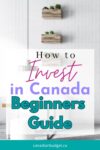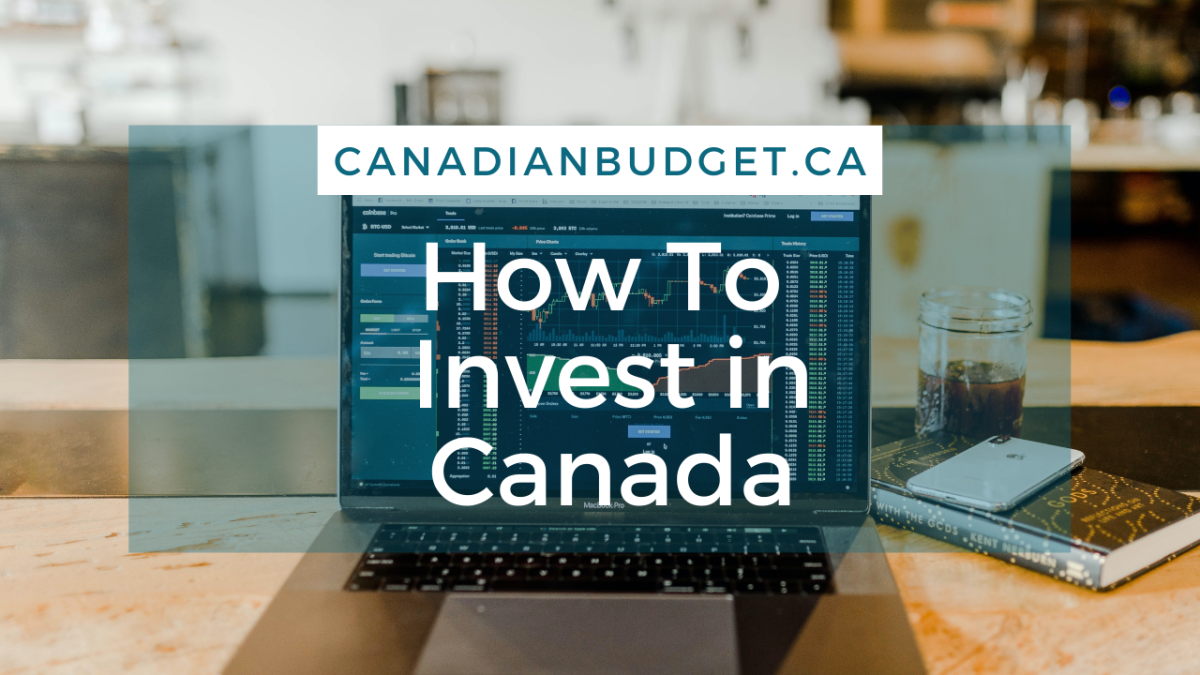
How To Invest In Canada
Table of Contents
ToggleWith inflation rising to highs not seen in decades, one of the only ways we can safeguard our wealth to beat inflation is by growing it through investing. The point of today’s post is to help you understand how to invest in Canada. I strongly believe more women should be investing, which is why I share a lot of investing content through social media.
In February 2022, I conducted a poll of my Instagram followers @canadianbudget to see where they were at in their financial journey. 80% of my followers on Social media are women. Of those who responded to my survey, 70% answered that they had started investing, but only 35% felt comfortable and knowledgeable about investing. It’s my goal to raise that number and help more Canadian women feel comfortable and learn to invest in Canada.
If this sounds like you or someone you know, send this article to a friend to share the knowledge.
Now, I am not a financial wizard, I am just someone who loves budgeting and personal finance. My husband would be shocked if any of my spare time wasn’t spent budgeting or blogging about money. I have learned a lot along the way. From my journey to debt freedom paying off tens of thousands in student loans, to my first foray into business studies through my MBA.
Coming from a liberal arts and public sector background, I felt a bit lost in my MBA. However, I started to understand how businesses work, how they issue shares to raise money, and how people buy the stock (or shares) help that company to grow. This helped be build my own confidence around investing.
Why do people invest in the stock market?
Short version: They believe they can make money from it.
Long version: Companies may issue shares (or stocks) on the stock market. People invest in that company by purchasing stocks or bonds from them because they believe the company has value or potential to grow. Therefore, they believe that they will receive a positive return on their investment through investing in that company.
Unfortunately, not all companies’ stock prices rise (we wish!). Some business’s stock value may fall, and some companies may fail altogether. No one can predict which company is going to be the star, and which one will bomb. Careers are made on trying to predict the next winners and losers, in fact fund managers, whose sole job is to do so, bet their clients money on it, and oftentimes, they are unable to outperform the overall market performance. That’s why it boggles my mind to know that hobbyist traders – who don’t spend 24/7 immersed in research and industry training and knowledge, think they can beat the game too.

Questions about how to invest in Canada
What is a brokerage?
A brokerage is a company that acts as an intermediary between you and the stock market. They facilitate your investing through their organization. You need to open a brokerage account first and foremost before you can take steps to invest in Canada. Some well-known ones are Qtrade, Wealthsimple and Questrade.
How much money do I need to start investing?
How much you need to start out as a Canadian investor depends on the platform (or brokerage) you choose to invest through. Each company may have a different minimum required to start investing. Look for a company with a low, or no minimum requirement to invest. Another good thing to look for is if your brokerage offers fractional shares. Fractional shares are a great way to get into a company whose stock price may be out of your reach. For instance, if you want to purchase a share of a company that has a price of $800 per share, but you only have $100 to invest, You can buy $100 worth of one share (1/8th), becoming a fractional owner. As far as I know, as of writing, Wealthsimple is the only brokerage in Canada offering fractional shares.
What types of investment accounts can I have?
When considering how to invest in Canada, first you have to choose your investment account . You can open a non-taxable account (TFSA) where your investments grow tax-free and are not taxed on withdrawal (bonus!). Tax-Deferred Accounts (RRSP, RESP, RRIF, RDSP) which means your investments will grow without any tax being charged for now, but when you withdraw your money, you will be taxed at your marginal tax rate at the time. Each of these accounts has its own rules and contribution limits each year, so make sure you understand the rules of your preferred account type.
Tax Free Accounts in Canada
Tax Deferred Accounts in Canada
- RRSP – Registered Retirement Savings Plan
- RESP – Registered Education Savings Plan
- RRIF – Registered Retirement Income Fund
- RDSP – Registered Disability Savings Plan
- LIRA – Locked In Retirement Account
- RIF – Retirement Income Fund
Taxable Accounts in Canada
- Personal Account
Finally, you can open non-registered, or taxable accounts – which would be a personal investment account or brokerage account. You will be taxed on capital gains and dividends the year they are received. It makes sense for most people to focus on the other accounts first until RRSP and TFSA accounts are maxed out. However, you should always consult a financial advisor for your own personal circumstances and what is best for you.
Retirement plans
Retirement should be one of the first objectives of investing. We cannot rely on anyone but ourselves to fund our retirement. Humans are living longer and longer and that means we have more years of retirement to pay for than we used to. That money needs to last, so it’s important to start as early as possible investing for your retirement.
Pensions/Group RSP
Does your workplace offer a pension or Group RSP? Speak to your employer and find out of they offer one, and if so, do they offer a matched contribution. This is basically free money, where your employer will match your own contribution to the pension plan up to a certain amount. Money will get taken off your paycheck before it even hits your account to contribute (pre-tax dollars) and they take care of the investing for you. So if you haven’t enrolled in your pension plan at work, make it your priority this week to do so.
What do I need to consider before I start investing?
There are at least 6 things you should consider before you start investing to make sure you are prepared to get started! Getting organized and making sure you are in fact ready to start investing will ensure you get off to a smooth start!
Investing Goals & Mindset
When you start investing – it is important to have a plan to invest for the long term. A long-term investor mentality means you are aware the market goes up and down, and you will do your best not to panic and sell your investments when the market dips.
As a new investor you can be tempted to watch your accounts like a hawk, and small swings up or can can elicit strong emotional reactions. Thinking and planning for the long term can help to alleviate some of this fear response.
Always seek to minimize fees
This includes any fees from your brokerage – do you know what they charge you? Are there any per-trade fees or commissions? Next, you want to look at the fees your investment may be charging – Look for something called the MER – or Management Expense Ratio. This fee covers the management and operating costs of the fund.
You can find ETF’s with MER’s less than half a % if you are looking at low-cost self-directed investing in Canada. Vanguard ETF’s have among the lowest MER’s out there and offer a lot of good options to look into.
If you choose to invest through a Robo-advisor, or a full-service financial advisor/planner, rather than DIY investing, you will pay a bit more, however, they are providing some extras for that fee in picking funds for your goals and risk level, and rebalancing your portfolio from time to time.
Being aware of what you are paying in fees is important. However, I would rather you start investing with higher fees, than not invest at all. Once you get comfortable, you can take more control of your investments and shift to lower cost options.
Have a plan
Trying to get rich from following trends and tips is a quick way to lose your money. Ignore the hype, think long term, and stick to your plan. There are new platforms that provide visibility for investors to see what others are invested in. Do not invest blindly just because you see someone else has made an investment. Take the time to create a plan to yourself and stick to it. Use tools and information to get ideas – its free to add a stock to a watch list and research it later.
This will help you stay the course when the market is up or down. If you approach investing with an even disposition, you will come out ahead. It can be incredibly hard to stay strong especially when your investments take a downturn, but remember you are in it for the long run.
Its also important to know what you are investing for, and what your time horizon is – a.k.a when you are going to need this money. Make sure you have determined your financial goals in advance.
What styles of investing are available as a Canadian?
There are many different types of investing options coming into the market to help people of all incomes and knowledge levels start investing. All investing methods have some costs, so its important to understand where and what you are being charged. Whether its a flat monthly or annual fee, a per trade fee, or the MER. Here are a few options you can consider on how to start investing.
App-Based Investing
Moka is a Canadian company originally featured on Dragons’ Den. The app automatically rounds up your purchases, and invests that spare change in ETF’s. This is a great option for those who don’t have a lot to start investing with, and who may be a bit unsure about how to invest, but don’t want to miss out on the opportunity to build their wealth. Moka provides automated easy investing for everyone for a flat monthly fee.

Robo Advisors
Robo Advisor services are investing options that are led by algorithms, and not individually managed by a fund manager. Less hands on interaction also means less fees! The system will ask you questions about your goals, timeline and risk tolerance, and create a portfolio for you based on your profile. They generally invest in low cost ETF’s.
They do charge fees, but less than actively managed funds charge. You can get your first 10K of investments managed for free for a year from one of the two top companies in the field. Both companies offer this whether you go with Wealthsimple Invest or with Questwealth Portfolios! They are not the only robo advisors out there, but they are two very reputable companies.
Self Directed
Self directed investing is for those people who are a bit more confident in their knowledge and skills when it comes to investing. You will be the one in charge of your portfolio: What to buy, what to sell, when to buy and sell, and rebalancing your portfolio, it’s all up to you with this method. You need to learn how to invest in stocks and ETFs if you want to be a DIY Canadian Investor. If you are a little more confident and you prefer self-directed investing, you can try Questrade and receive $50 in Free trades or try Wealthsimple Trade and get a cash bonus when you open an account.
Through a Financial Advisor
To be honest, this is how people generally first learn how to invest in Canada. They go to their bank, or an independent advisor and get set up in mutual funds and investments. If you really want to be hands off, you can pay a financial advisor to invest for you. This is the most expensive way to go about investing, and really with a little basic education, you can save yourself a fortune in fees over your lifetime, that instead will go into your portfolio instead of into your advisors pocket.
Want to learn more about the basics to improve your confidence? Start here.
What types of investments are there?
Stocks – You are buying shares (or stock) in an individual company. You purchase stocks and become a shareholder.
Bonds – The company is issuing debt – You become the lender – The company issues you interest on the loan on a regular basis.
ETF – Exchange Traded Funds – ETF’s are like a basket holding many different companies stock within them. By purchasing an ETF, you are purchasing small portions of every company the ETF holds. It’s an easy way to diversify your investing. ETF’s can be bought or sold at any time during the day.
Index Funds – Similar to ETF’s – They track and own portions of all the companies on a particular Stock Index ( eg. Dow Jones Industrial Average, NASDAQ, S&P 500, S&P/TSX Composite Index, Etc.). Index funds can only be bought or sold at a set price at the end of the day.
Crypto Currency – Decentralized digital currency such as bitcoin, ethereum, doge coin etc.
REITS – Real Estate Investment Trusts – a fund you can purchase that holds real estate within your investment portfolio.
There are more options out there but these are the most common that every investor should know about.
What type of investor should I be?
Generally speaking, there are two kinds of investors: Passive or Active.
Active investing is also sometimes referred to as Day Trading. Active traders watch the markets closely for opportunities to buy and sell stocks on a regular basis to make profit. Active traders should be highly informed and knowledgeable about the stocks they are interested in, and have some time to spend on a regular basis to watch their portfolio and make trades. Active traders generally invest in individual stocks. They are also likely to pay more in taxes from their constant trading.
Passive Investing refers to investing in index funds and ETF’s and utilizing a buy and hold strategy for the most part. Even during market dips, passive investors keep buying and holding on schedule. Passive investors typically use a method called Dollar Cost Averaging. This means you are purchasing the funds you are interested on a regular schedule, whether the market price is up or down. By consistently following this method, your cost to invest is averaged out.
So, How Do I Invest in Canada?
Here is the simplest breakdown of the step by step process to begin investing in Canada.
One of the easiest ways to become a Canadian Investor is by using an app like Moka. Simply connect your bank account and Moka will automatically round up your purchases and withdraw your roundups and any recurring deposits. Then a portfolio manager will invest for you.
Using a robo advisor or self directed account?
- Choose your brokerage – for instance Questrade or Wealthsimple, or any number of other Canadian brokerages.
- Choose which type of account to use and open it (TFSA, RRSP, RESP, Personal, Etc.)
- Fund account by transferring money from your bank account
- Use your transferred funds to purchase shares (Self directed only – robo advisors will purchase for you with the money you transfer)
- Repeat step 3 (& 4 if self directed) on a monthly basis
- Et voila, you are now a Canadian investor! Congrats!
What are you waiting for? Hopefully this article has helped you understand how you can invest in Canada, and the investing landscape a bit better, and you feel more confident to be able to start investing today! If you could use a bit more support to figure things out, we created a course for Canadians who are ready to invest but just don’t know where to begin.
More from the blog
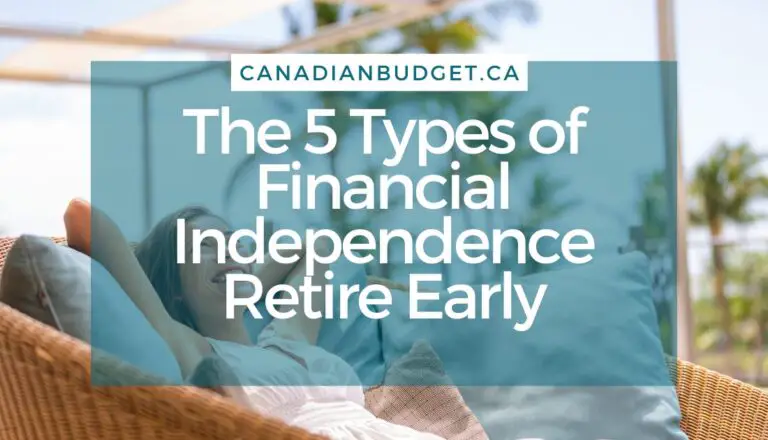
The 5 Types of Financial…
Starting your journey towards Financial Independence Retire Early (FI/RE) in Canada opens up possibilities for those eager to take control...
Read More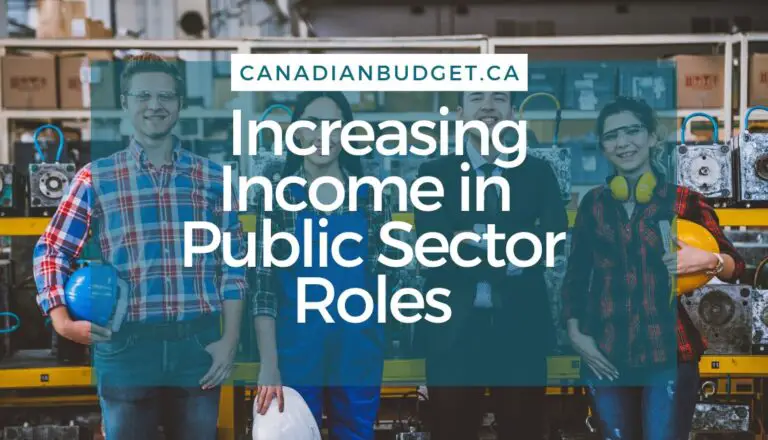
In a Public Sector role?…
Public sector roles, including those in schools and hospitals, make up approximately 21% of employment in Canada. That includes teachers...
Read More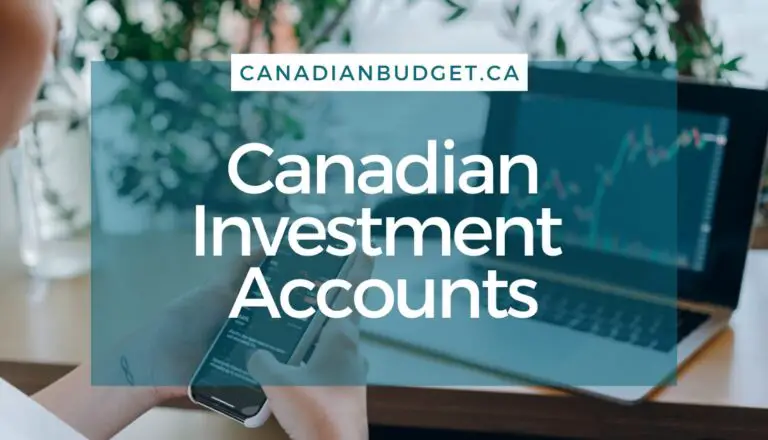
8 Canadian Investment Accounts To…
If you are new to investing, you might be wondering what the Canadian investment accounts are available, and which is...
Read More
What Are Canadian Real Estate…
Canadian Real Estate Investment Trusts: What They Are and Should You Invest? Canadians have heard owning property was the path...
Read More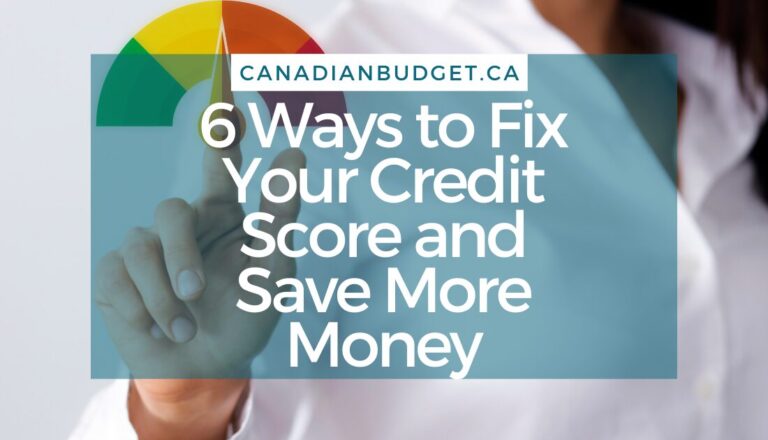
6 Ways Fixing Credit Scores…
Struggling with debt can significantly impact your financial well-being, especially if your credit score suffers. Fixing credit scores is important...
Read More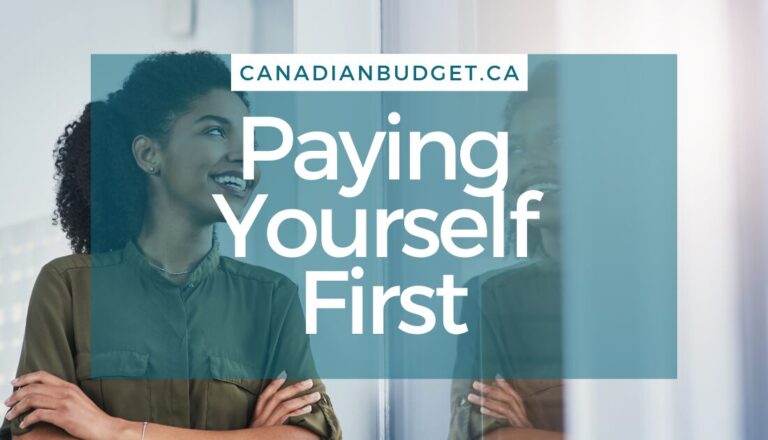
The Paying Yourself First Method
Taking control of your financial future starts with a simple yet powerful concept: paying yourself first. Shifting your money mindset...
Read More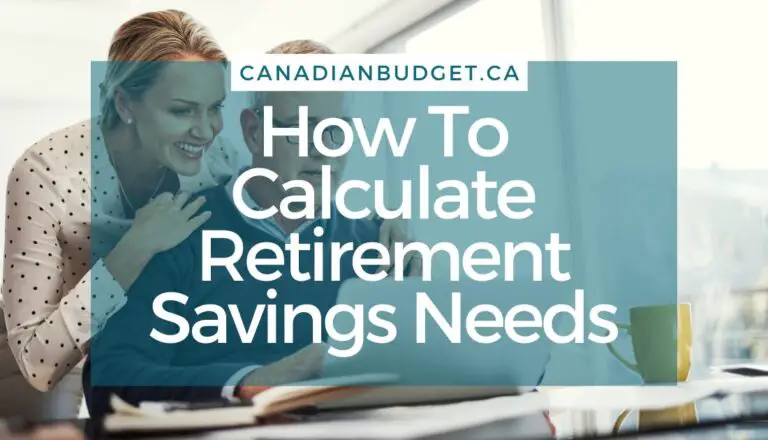
How to Calculate Retirement Savings…
When is a good time to calculate retirement savings needs? When retirement may be decades away it’s hard to think...
Read More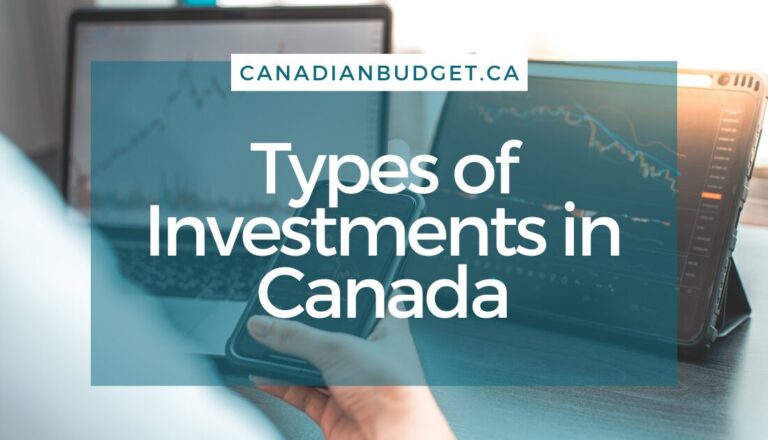
Different types of investments
There is a lot to understand about the different types of investments available in Canada. From the traditional options of...
Read More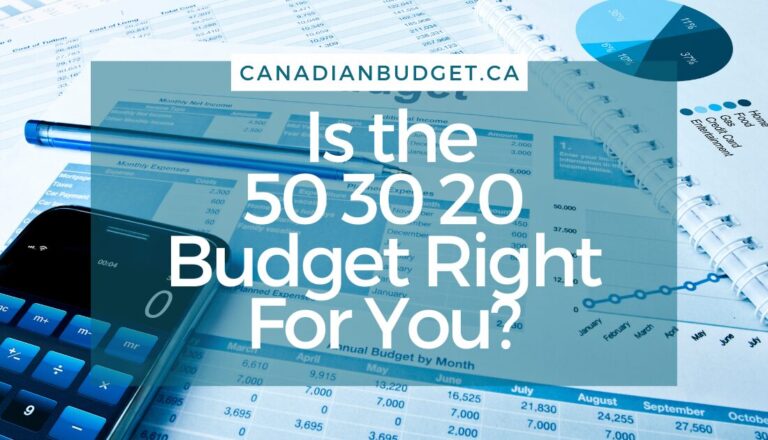
Is the 50 30 20…
Is The 50 30 20 Budget Method Right For You? Is the 50 30 20 Budget Method Right for You?...
Read More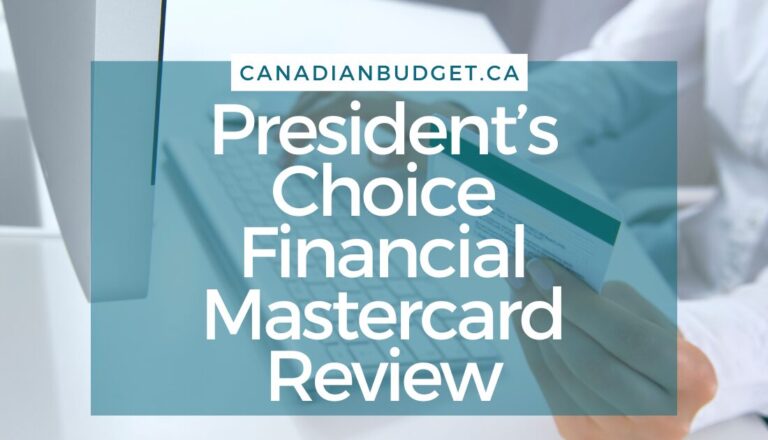
Presidents Choice Financial Mastercard: Review
Presidents Choice Financial Mastercard Review Should you consider the Presidents Choice Financial Mastercard? It is an excellent option if you...
Read MoreAbout The Author
Jessica Morgan
Jessica Morgan is the founder and CEO of Canadianbudget.ca. She is passionate about personal finance and helping Canadians improve their financial literacy by providing more Canadian focused financial content. A millennial mom of one, she has a burning obsession with all things personal finance.
Jessica has a BA in East Asian Studies from York University and a Masters in Business Administration from Toronto Metropolitan University. She is a career public sector employee with a Hybrid Pension, and an advocate for Canadian women to improve their personal finance knowledge.
Jessica Morgan
Jessica Morgan is the founder and CEO of Canadianbudget.ca. She is passionate about personal finance and helping Canadians improve their financial literacy by providing more Canadian focused financial content. A millennial mom of one, she has a burning obsession with all things personal finance.
Jessica has a BA in East Asian Studies from York University and a Masters in Business Administration from Toronto Metropolitan University. She is a career public sector employee with a Hybrid Pension, and an advocate for Canadian women to improve their personal finance knowledge.


